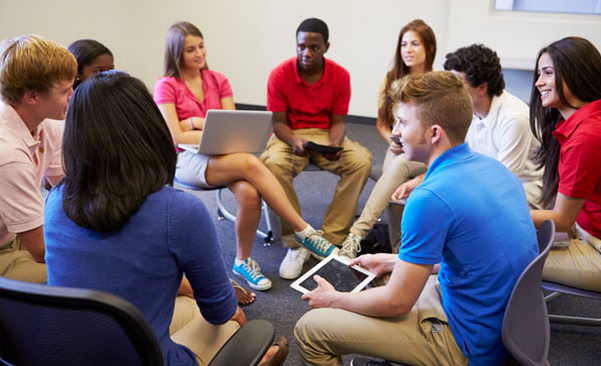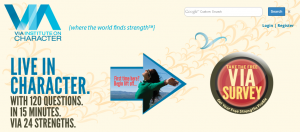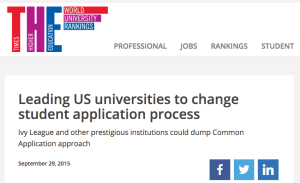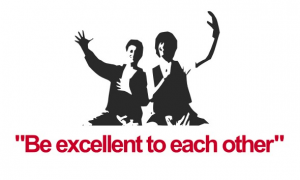*This post originally appeared on Choices.Scholastic.Com
Students and their health concerns have shifted drastically over the last 20 years, and the previous model of educating via textbooks and scare tactics stopped working long ago. It’s time to shift to a preventative, rather than reactionary approach.
Our school’s health program follows a model of positive prevention. We want our students to be excited about health, not scared of it. So instead of focusing on what they shouldn’t do, we focus on what they should do.
Such a technique may seem tricky to implement in some of health’s high-risk content areas, but encouraging behavior change and inspiring healthy habits for life can actually be accomplished with just a few simple switches.
Here are some resources that will help you flip the script on common health class discussions, and get your class headed in a positive direction.
Obesity Prevention: Focus on real food, physical activity, and healthy coping skills, instead of on fear of “getting fat.”
September is Childhood Obesity Awareness Month, and while this is an issue I care deeply about, I won’t be sharing this information with my students. Studies have shown that current obesity prevention tactics are leading children toward unhealthy relationships with food, and shaming and alienating the kids who need us most.
When students struggling with their weight are subjected to anti-obesity messages in school, they automatically feel less-than. Kids don’t separate their identity from their weight. They think “I am fat,” not “I have fat.”
They hear negative messages about their bodies everywhere they turn—from peers, the media, and well-intentioned yet ill-informed adults. The last place they’re going to hear it is from me, their health teacher.
I’d rather spend time teaching them how to love real food, cook, and find healthy coping skills and physical activities they can enjoy.
- For projects that get students excited about healthy choices, check out Inspiring Kids to Advocate for Healthier School Lunches and It’s Crunch Time- Stress Management for Teens.
Bullying: Forget the “No Bullying” messages, and concentrate on being a hero instead.
Bullies aren’t born bullies; they’re just kids who lash out toward others because they’re struggling with themselves. When you create a culture in which being nice is the norm, “bullies” will feel the acceptance they’re craving and avoid going down the wrong path.
- Use this project as a way to encourage positive behavior in your school community: Positive Peer Pressure- All the Cool Kids Are Doing It.
Substance Abuse: Switch out “Just Say No,” with, “Don’t You Have Something Better to Do?”
This is a tough trend to reverse, especially for those of us who grew up with the 80s method of drug prevention. But with the changing legal landscape and messages from the media, the hard-lined “Just Say No” approach is not going to get much buy-in from students.
Kids need to learn that the risks of alcohol and drug use go beyond the physical. When kids are taught to follow their dreams, they are more likely to consider how drugs and alcohol could get in the way and abstain from use.
- For a drug prevention program that shows examples of people putting their passions first, check out the amazing resources at Natural High.
